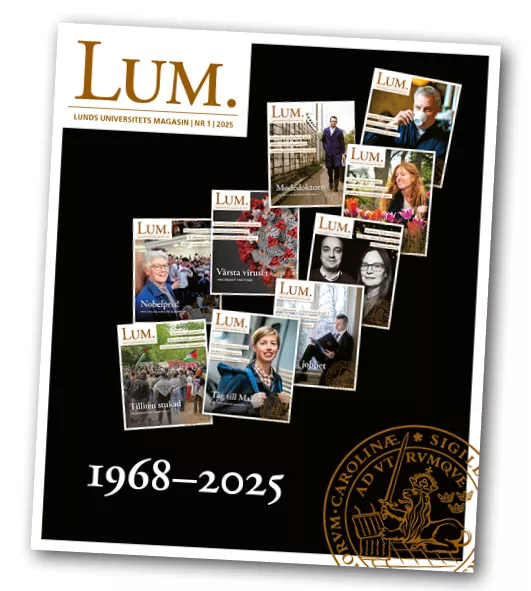Karin Aggestam is the director of CMES and coordinator for the strategic research area the Middle East in the Contemporary World (MECW). A few weeks ago, CMES organised an open panel debate in order to highlight the situation in Iran and the protests. The panel attracted criticism mostly from some Iranians in the Swedish diaspora who wanted to stop one of the five participants for being too close to the regime according to the critics.
“Of course, it was never an alternative to stop an invited and well-established researcher with a strong connection to the field of Middle Eastern Studies from speaking. For us, it’s a matter of standing up for, and defending, academic freedom and democratic free speech. We are living in a polarised world where this is under threat,” says Karin Aggestam.
Two sides to the coin
In Iran there is no academic freedom in the sense of daring to question freely and think critically. On this Karin Aggestam and the deputy director of CMES, Ronny Berndtsson, are in agreement. That is why it is of extra importance to support those protesting.
But supporting and collaborating involve risks, too. Ronny Berndtsson has experience of this from the Faculty of Engineering (LTH), where is he is a professor at the Division of Water Resources Engineering.
“A few years ago, a former Master’s student at LTH was invited as an expert to Iran with the promise that he would be given a high position in a government ministry to work on environmental and water issues. After some time, he was imprisoned for criticising the ministry responsible for water and environment. In the end, he escaped Iran to the USA. We are still in contact with each other.”
After that incident, Ronny Berndtsson and another colleague of Iranian heritage visited the country in order to discuss research collaboration.
“Nothing happened, but my colleague was nervous. You feel that you are being watched and that the authorities know who you are. So of course, there are two sides to the coin when it comes to collaboration.”
A new political generation
Iran is a theocracy, a state in which the law must be in harmony with Sharia, God’s law. There is no place for opinions that question this religious order. At the same time, Iran is a country with a high proportion of well-educated citizens in comparison to other countries in the Middle East, many of whom are women. Another distinctive feature of the country is that 60 per cent of the population is younger than 30.
Karin Aggestam is not surprised that the universities are playing a large role in the protests. Nor that young women are at the forefront. The death of 22-year-old Mahsa Jina Amini in the middle of September was the trigger for the protests. She was arrested by the so-called morality police for not wearing her hijab the right way. She was later found dead in police custody.
Images have flourished on television of young women burning their hijab and cutting their hair while chanting “women – freedom – life”. It is about a woman’s right to decide herself over her own life, says Karin Aggestam.
“The protests show that women’s rights are human rights. This fight for freedom and democracy is also engaging many young men who are taking part in the protests. What is happening in Iran is shaping a new political generation.”



